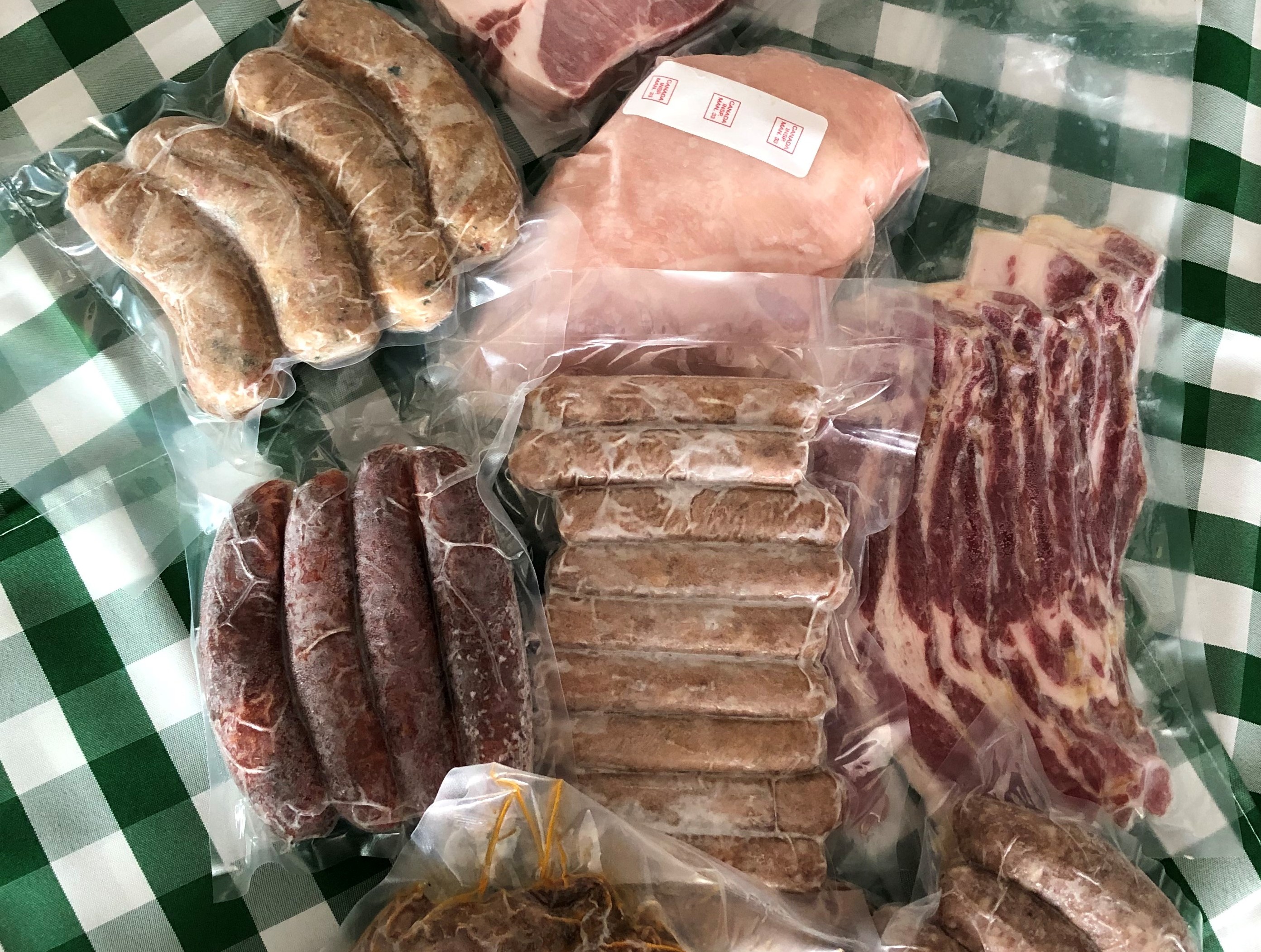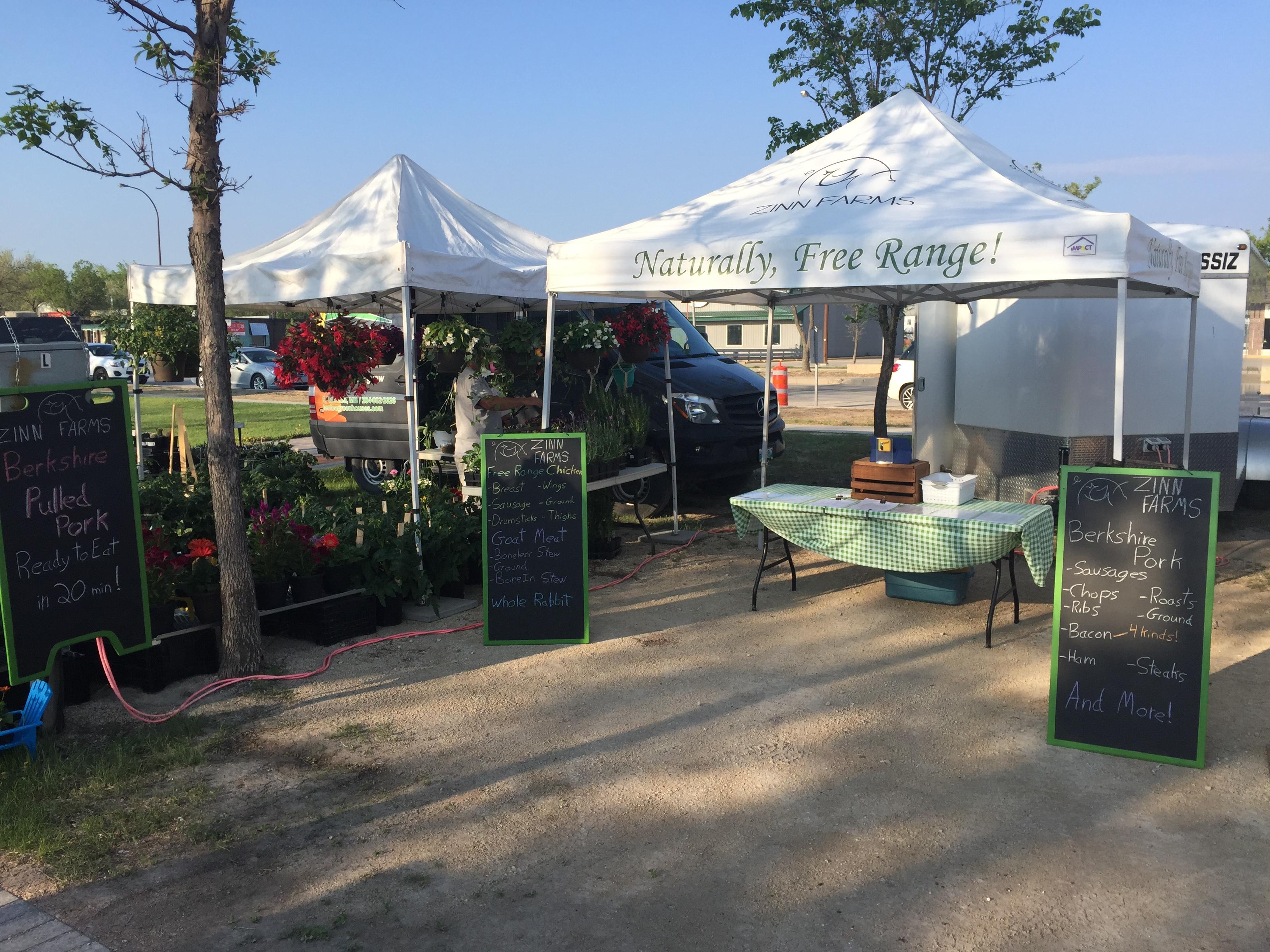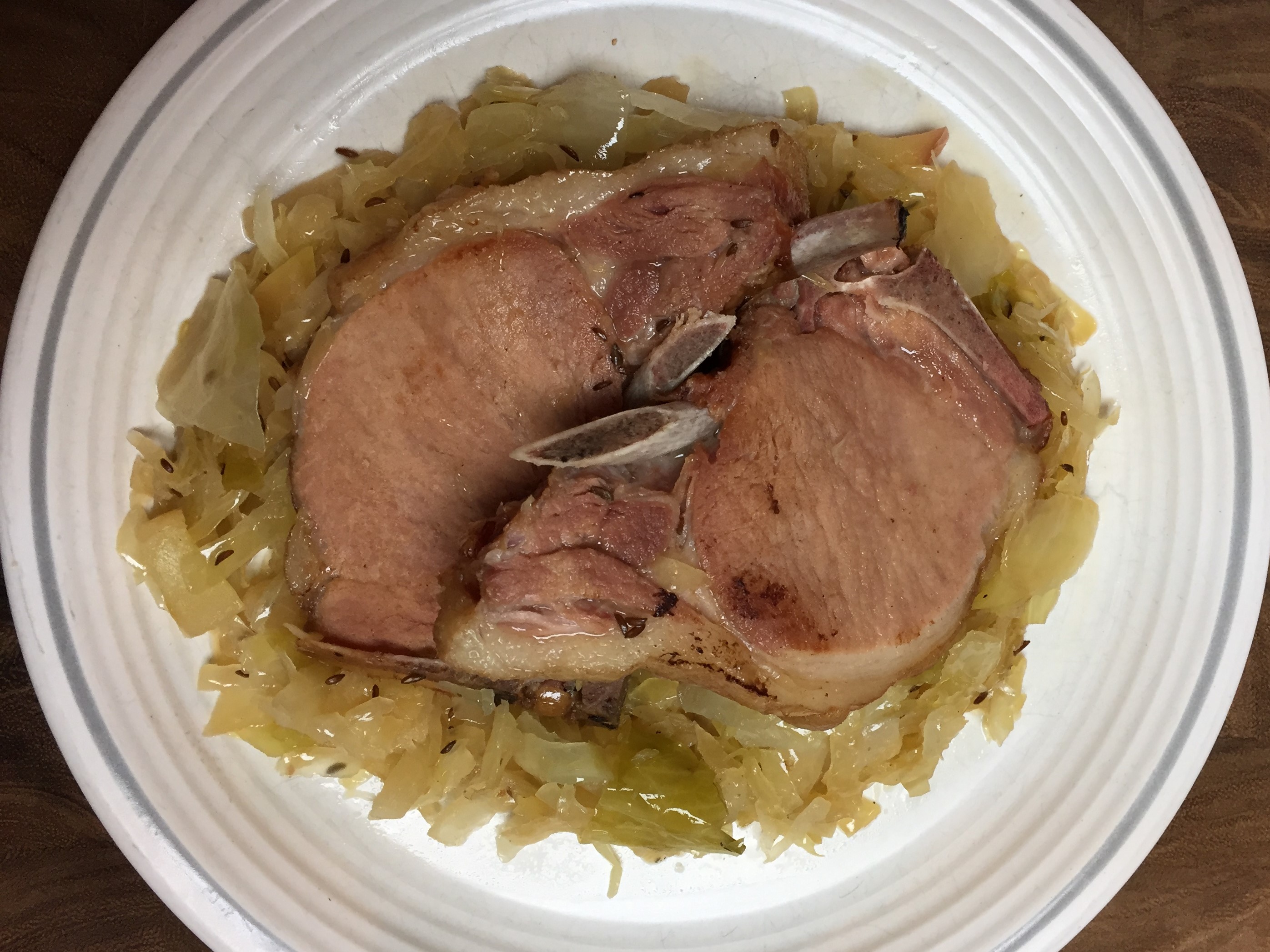Andreas & Monika Zinn
We are owners and operators of Zinn Farms in Springstein, Manitoba. We began farming together as a mother/son team over fifteen years ago, but have each been farming our entire lives. We love working with animals and direct marketing our products. Our animals have always been raised free-range, with on-farm milled grains, free of preventative antibiotics, GMO grains or growth hormones. Raising our Heritage pigs, meat chickens and layer chickens this way is good for the environment, the animals, the farmer and the final consumer, you! We are working to provide healthy products and improve the environment by following regenerative agriculture principles.



